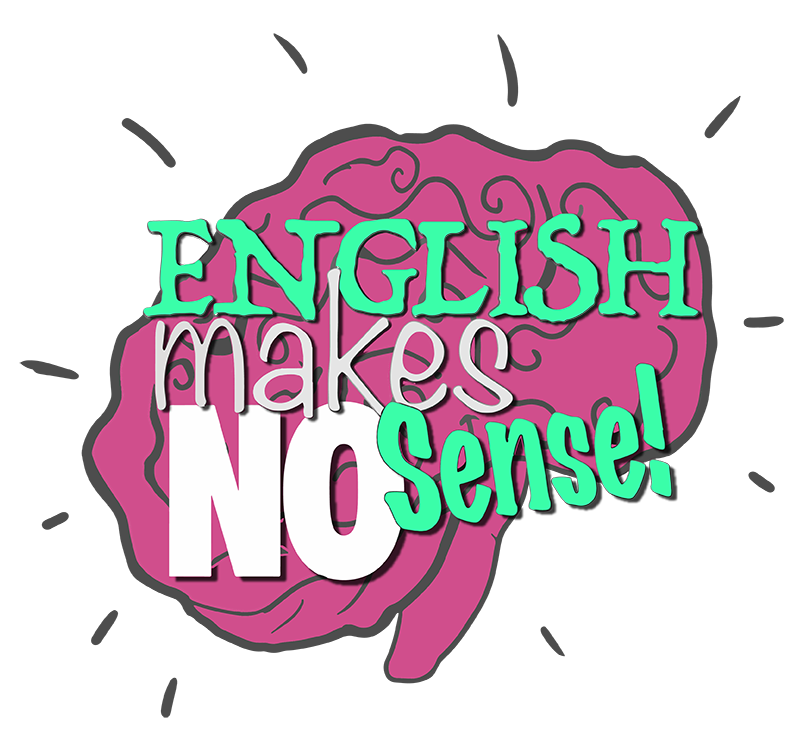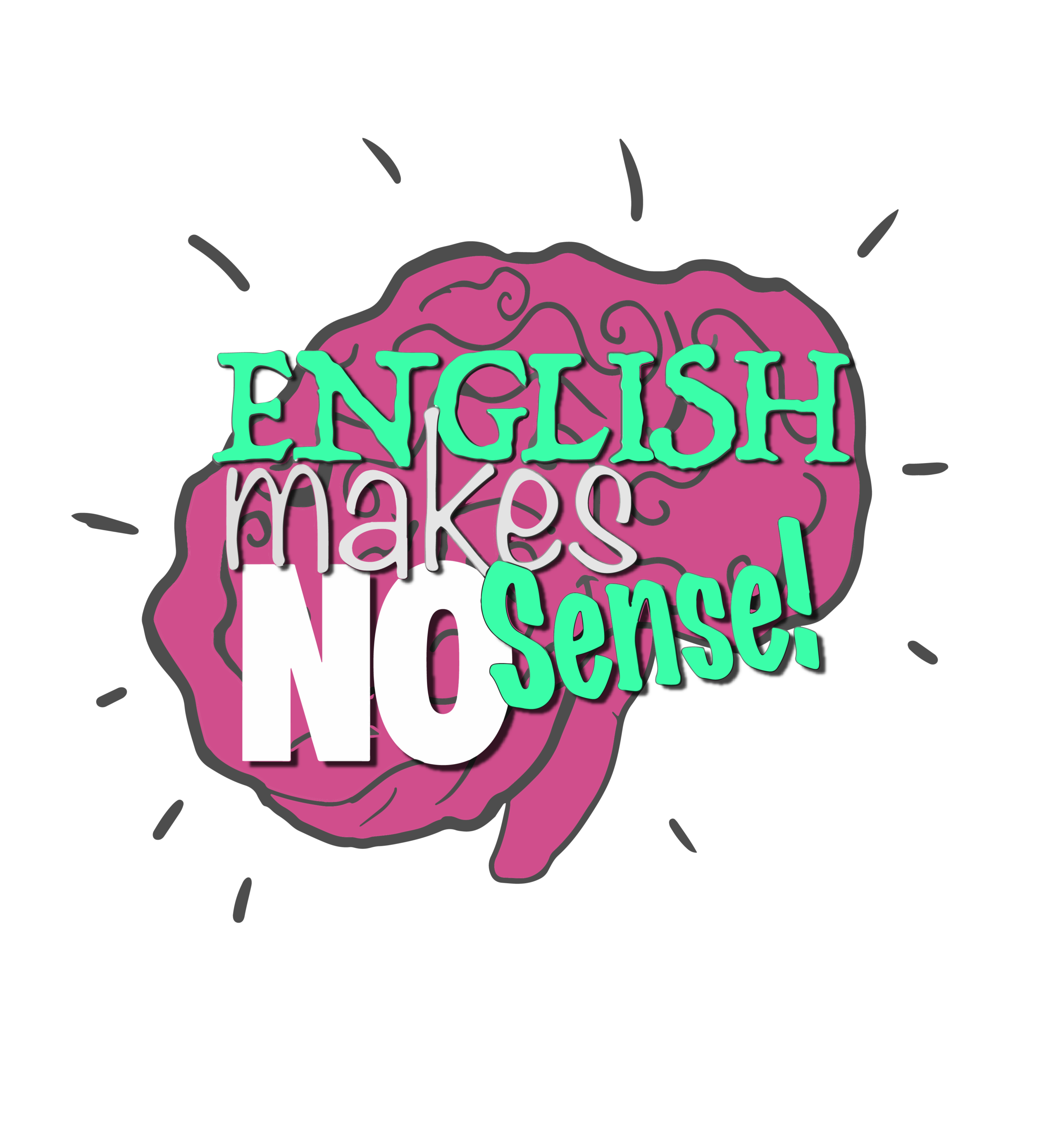Want to improve your grammar? Then this is the video for you! Learn when to use There, Their and They’re. Learn the meaning and when to use these confusing homophones.
“There,” “their,” and “they’re” are three commonly confused words in English. Let’s clarify the differences:
- There:
- “There” is an adverb that indicates a place or location.
- It is used to point out or refer to a specific location or position.
- Examples:
- He is over there.
- The book is on the table over there.
- There are many trees in the park.
- Their:
- “Their” is a possessive determiner that indicates belonging to a group of people or things.
- It is used to show that something belongs to or is associated with a particular group of people or things.
- Examples:
- Their house is beautiful.
- The students finished their homework.
- The team celebrated their victory.
- They’re:
- “They’re” is a contraction of “they are.”
- It is used to combine the subject pronoun “they” with the verb “are” to indicate action or a state of being.
- Examples:
- They’re going to the beach tomorrow. (They are going to the beach tomorrow.)
- I heard they’re excited about the upcoming concert. (I heard they are excited about the upcoming concert.)
- Do you know where they’re going for vacation? (Do you know where they are going for vacation?)
Remember:
- “There” refers to a place or location.
- “Their” shows possession or belonging to a group.
- “They’re” is a contraction of “they are” and combines the subject pronoun with the verb “are.”
By understanding the distinctions between these words, you can use them correctly in writing and speaking to convey your intended meaning effectively.








